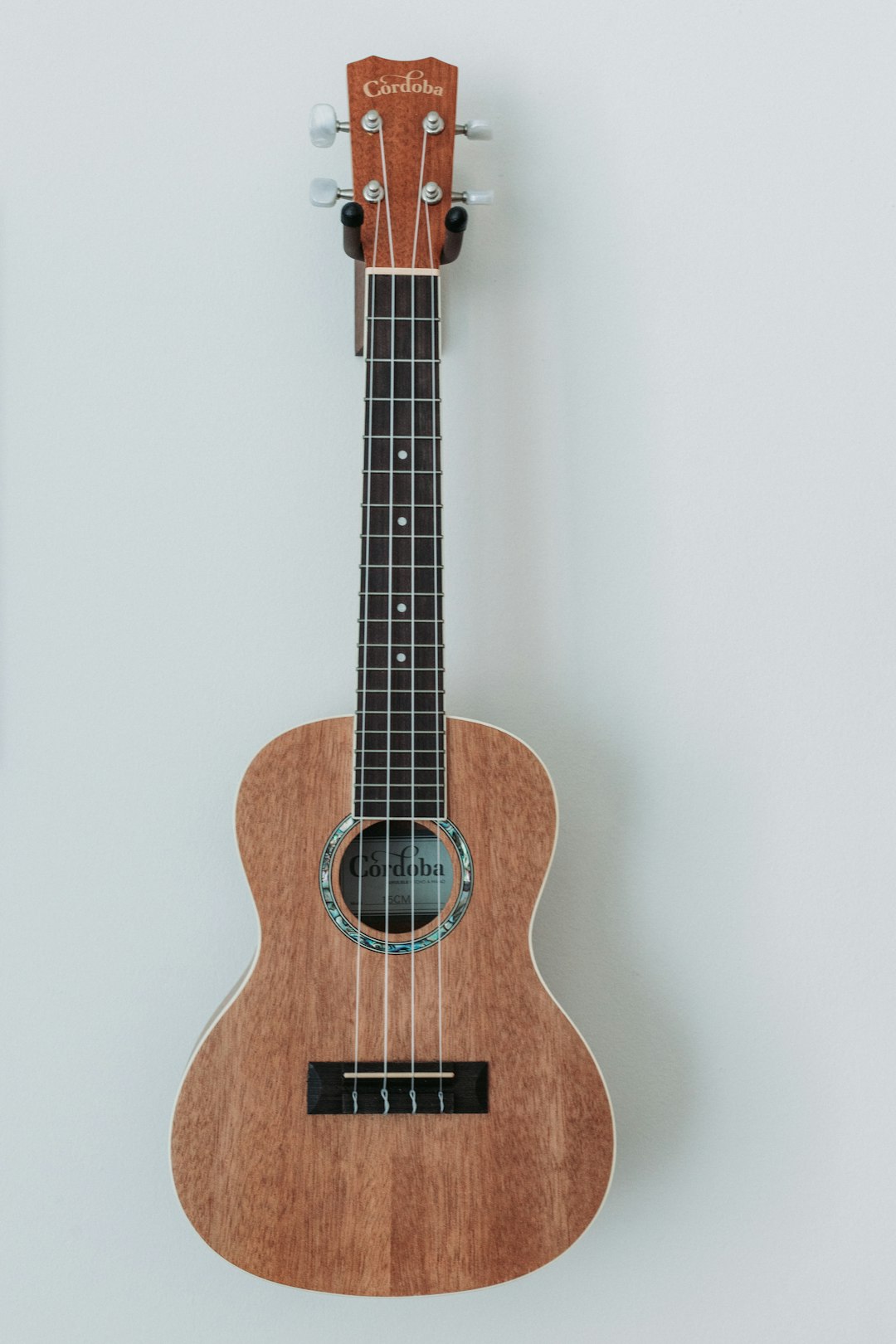Why are musical instruments gendered?
NewsIn order to answer this question, it is necessary to go back into the history of music. For it would seem that gender also prevails in music with male and female instruments. And yet, far from the clichés, let's discover in this article why for a long time certain instruments were intended only for a male public and then others exclusively for a female public.
The Music and its Clichés
Of course, music also has its clichés, such as the fact that imposing, strong and low-pitched instruments are meant for boys and light, low-pitched and high-pitched instruments for girls.
Obviously this distribution does not date from today, it goes back to several millennia. In ancient times, women musicians were often courtesans and in the Middle Ages some played the lyre and the drum, often women troubadours. It will still be necessary to wait several centuries with a female practice passing from the sacred to the profane and vice versa before women can play an instrument without feeling the least societal or ecclesiastical pressure.
Nowadays, it is not rare to see a woman playing the double bass or the tuba or the drums. For a long time, these instruments were intended only for men because they supposedly required more strength, endurance, etc. Women were confined to more graceful instruments such as the violin, the flute, the oboe, etc. And yet one of the instruments that is surely the most striking counterexample is the harp. Intended for women, the harp is an instrument that requires physical strength (heavy instrument), dexterity, agility, a firm fingering, etc. The morphology is not a criterion of selection knowing that women have always been considered as fragile. For a long time, young boys did not dare to approach this instrument which was considered feminine and therefore could harm their virility.
The legitimate question to ask is therefore the following. If music is really a gendered activity, do we choose to play this or that instrument according to certain pre-established codes or by desire? If so, how can we shake up these codes and make music even more accessible?
Let's take for example the guitar which today is played by many women even if at the beginning it was the prerogative of men. With a rock image therefore more masculine, the guitar has nevertheless become more feminine over time. There are even guitars and basses on the market designed for women with a thinner neck and therefore more accessible to smaller hands (even those of men).
One thing is certain, the gender lines are moving and mentalities are changing, fortunately. To see a woman playing timpani in a classical orchestra or a man playing the harp is no longer rare. Most stereotypes and biases have disappeared these days. Children no longer evolve in such a stereotyped system and it is up to us to make sure that we do not fall back into clichés.
And above all, like all art, music is a question of sensitivity and emotions. And this way of perceiving and feeling the world is not a female or male characteristic, it is universal.
So choose the instrument you want to play, one that makes you happy.
Written by patrox
on 2022-04-04 13:36:34
Keep reading



The Guitar: One of the Major Figures in the Iconography of Pablo Picasso
The Guitar: One of the Major Figures in the Iconography of Pablo Picasso







